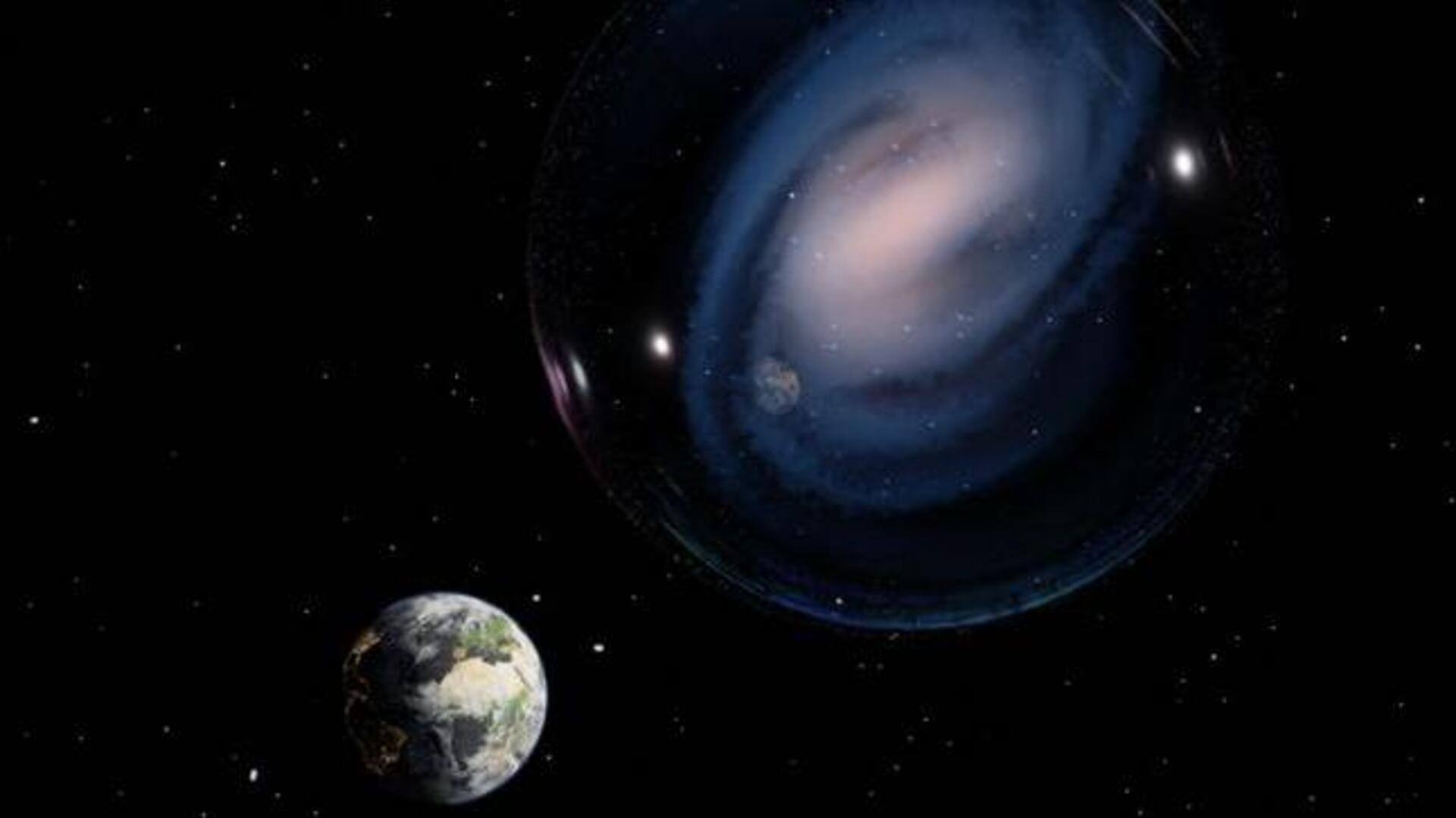
James Webb Space Telescope discovers doppelganger of Milky Way
What's the story
Using the powerful James Webb Space Telescope (JWST), astronomers have discovered a distant galaxy that bears striking similarities to our own Milky Way. The spiral galaxy in question, named ceers-2112, existed when the universe was a mere two billion years old. Interestingly, ceers-2112 features a bar of stars and gas akin to the Milky Way, and may possibly enhance our understanding of galactic formation in the universe.
Details
ceers-2112 challenges theories on barred galaxies
The existence of ceers-2112 challenges prior assumptions that barred galaxies only emerged during the latter half of the evolution of the universe. Lead author of the study and astrophysicist, Luca Costantin, explained to space.com that this discovery demonstrates that galaxies similar to ours were already present 11.7 billion years ago, "when the universe had just 15 percent of its life."
Study
Studying morphologies of distant galaxies to gain better insights
Constantin explains that the existence of the bar in ceers-2112 contradicts current theories that suggest early universe's conditions would have hindered the formation of barred galaxies. "Theoretical predictions from cosmological simulations really struggle to reproduce such systems" during those periods, Costantin said. "We now need to understand which key physical ingredient is missing in our models—if something is missing." The study's co-author, Cristina Cabello, highlighted the importance of examining the intricate morphologies of distant galaxies to better comprehend their history.
Insights
Role of dark matter in the early universe
Additionally, this study offers insight into the role of dark matter in the early universe. Dark matter is thought to constitute 85% of all matter in the universe and significantly impacts galaxy evolution and star formation. However, it is hard to observe as it does not interact with light. Findings from the study, however, reveal that the contribution of dark matter in the galactic bar of ceers-2112 is very low.
Information
Evolution of ceers-2112 was dominated by ordinary matter
"This discovery confirms that the evolution of this [ceers-2112] galaxy was dominated by baryons— the ordinary matter we are made of—and not by dark matter, despite its over-abundance, when the universe had only 15 percent of its actual age," said study co-author Jairo Abreu.